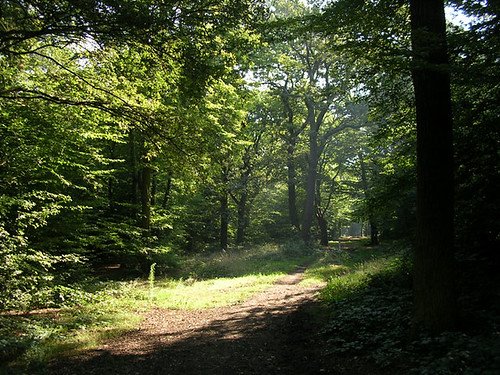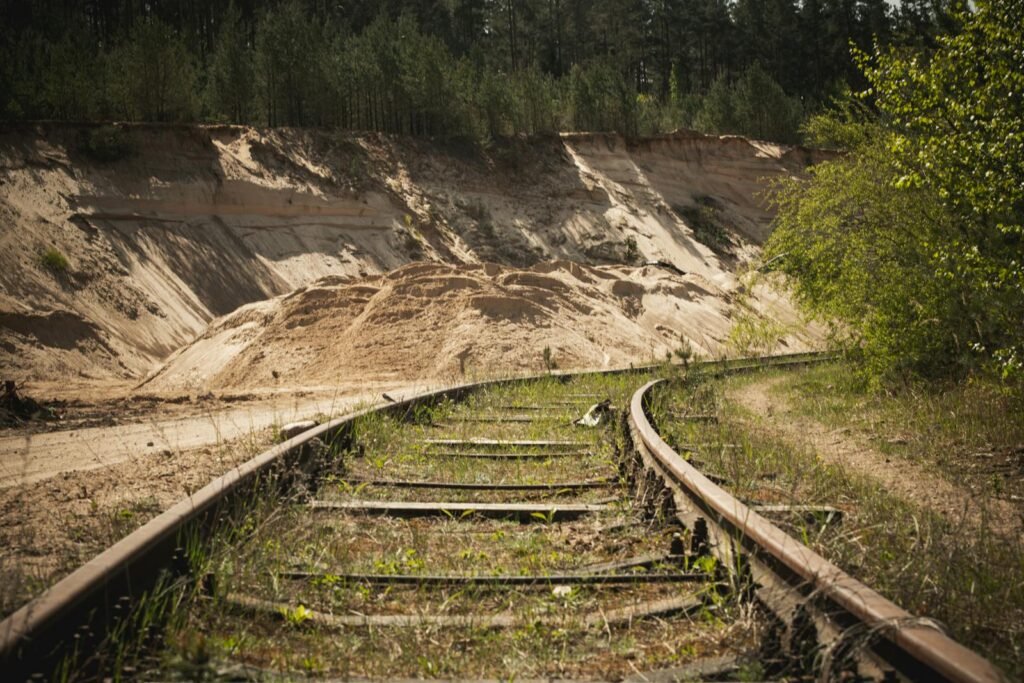It’s hard to imagine something ancient, slimy, and enormous quietly gliding beneath the surface of a mountain stream. Yet, tucked away in the cold, rocky rivers of the Appalachian Mountains lives an animal so bizarre and secretive that most people have never seen one. The hellbender, North America’s largest salamander, is a true river monster—an evolutionary relic with skin as wrinkled as an old leather boot and a lifestyle straight out of a nature documentary. Their story is one of survival, mystery, and a desperate fight for survival in the modern world. If you’ve ever wondered what secrets might lurk in the shadows of a wild mountain stream, the hellbender’s world is about to astonish you.
Meet the Hellbender: Nature’s River Giant
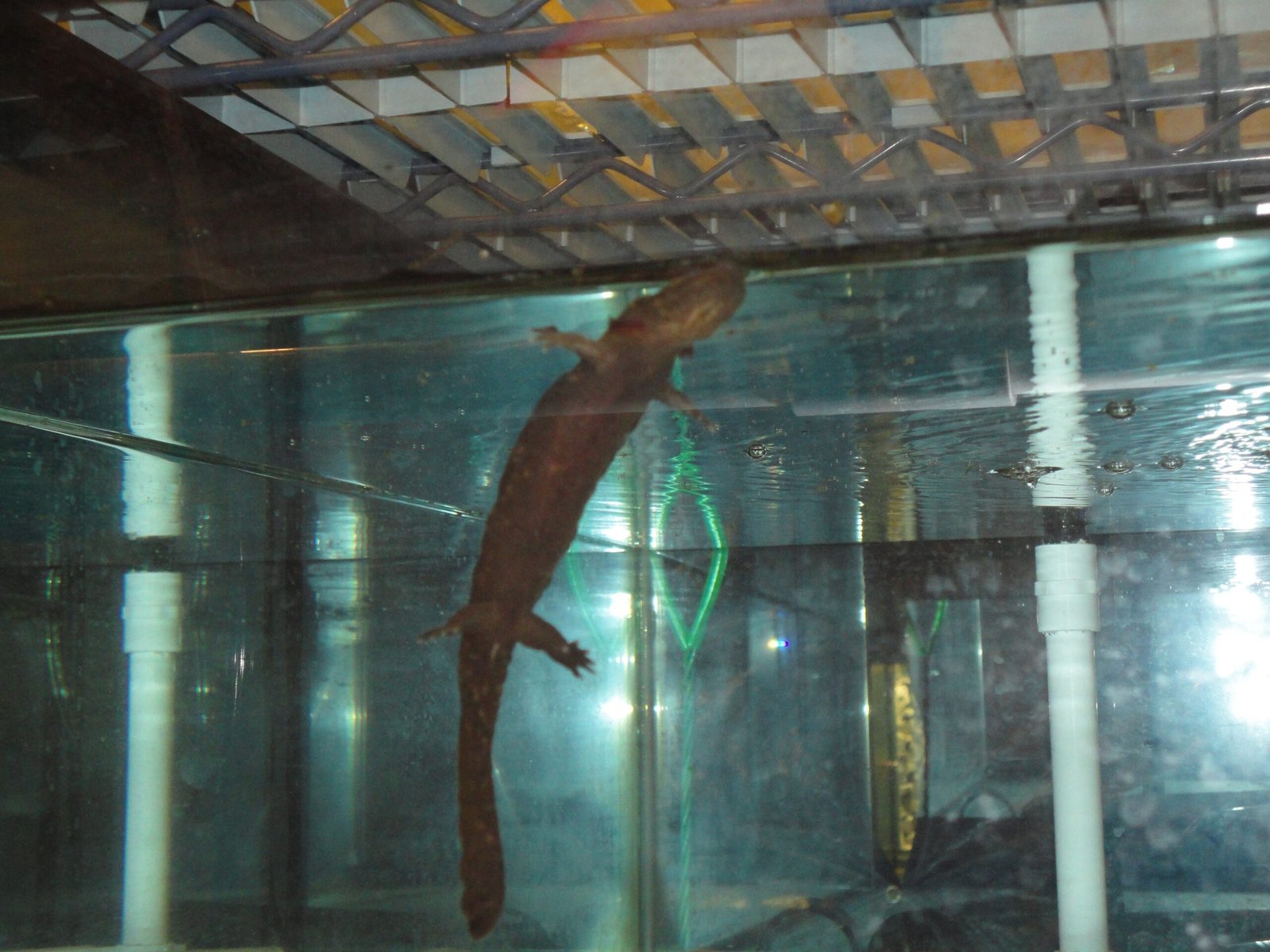
The hellbender salamander looks like no other creature you’ll find in Appalachian streams. Growing up to two feet long, these giants can weigh as much as a newborn baby. Their flattened bodies and broad heads help them squeeze under rocks, while their loose, frilly skin flaps along their sides ripple in the current like underwater curtains. The name “hellbender” might sound dramatic, but it fits their strange, almost prehistoric appearance. Local legends say they look like something that crawled out of hell and kept on going. With tiny, lidless eyes and a perpetually grumpy expression, hellbenders have charmed and startled anyone lucky enough to spot them.
Ancient Origins: Survivors from the Age of Dinosaurs
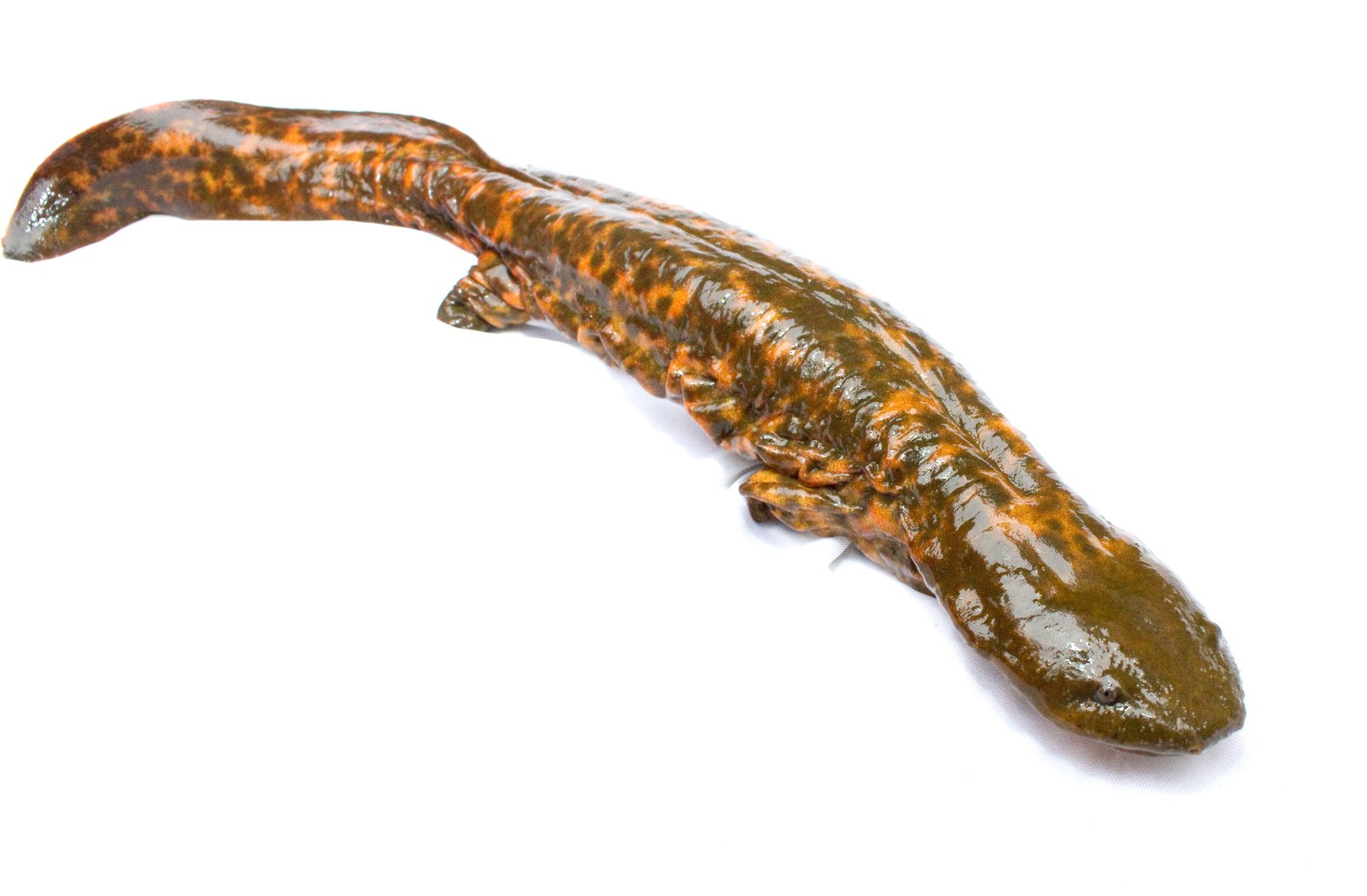
Hellbenders have been around for over 65 million years, surviving countless changes to their environment. They belong to a family of salamanders called Cryptobranchidae, which also includes the giant salamanders of China and Japan. This ancient lineage means hellbenders are true living fossils, showing us what amphibians looked like long before humans walked the Earth. Their biology has barely changed in all that time, a testament to how perfectly adapted they are for their watery homes. Seeing a hellbender is like looking back in time—a glimpse into a world ruled by cold-blooded giants.
Life Beneath the Surface: Hellbender Habitats
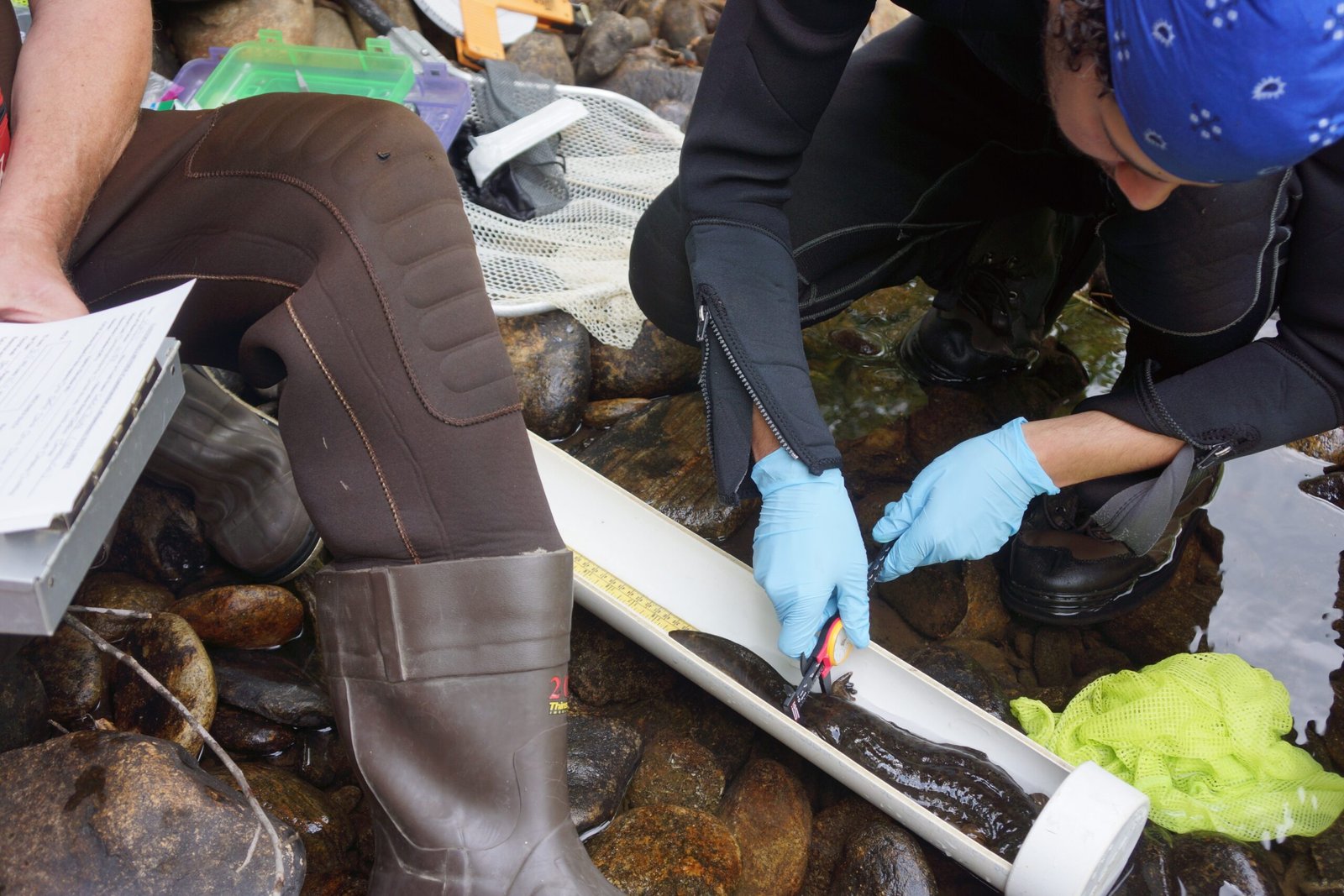
Hellbenders make their homes in cool, oxygen-rich streams with rocky bottoms. They love fast-moving water, which keeps their skin supplied with the oxygen they absorb directly from their environment. Large, flat rocks are essential for their survival, serving as both shelter and hunting grounds. These secretive salamanders rarely leave the water, venturing out only if forced by drought or flooding. The streams they inhabit are often remote, surrounded by dense forests and shrouded in mist, adding to the mystery that surrounds them. Healthy rivers are crucial for hellbender survival; even a small amount of pollution or sediment can spell disaster for these sensitive creatures.
Masters of Camouflage: Hiding in Plain Sight
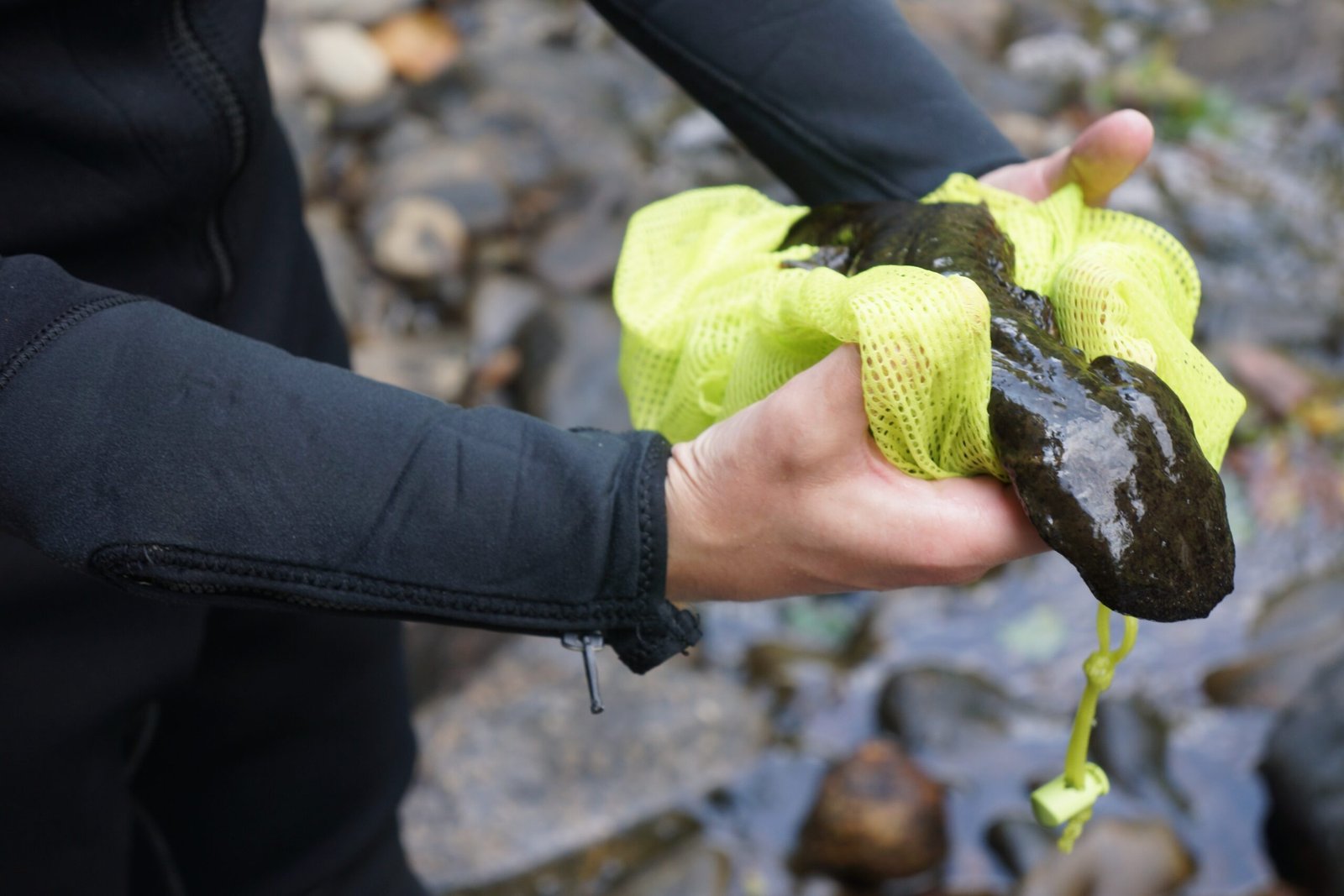
Despite their size, hellbenders are masters at disappearing into their surroundings. Their mottled brown and gray skin blends perfectly with the rocks and pebbles of the streambed. During the day, they squeeze beneath stones, becoming almost invisible to predators and people alike. When disturbed, they can flatten themselves even more, almost fusing with the river bottom. This camouflage is so effective that biologists often have to turn over dozens of rocks just to find a single hellbender. Their secretive habits are part of why so few people have ever seen one in the wild.
The Hellbender’s Strange Diet
Unlike many amphibians that eat insects and worms, hellbenders are specialist feeders. Their favorite food is crayfish, which they hunt by night with surprising speed. With a quick snap of their wide mouths, they suck in their prey like a vacuum cleaner. Occasionally, they’ll snack on small fish or aquatic insects, but crayfish make up the bulk of their diet. This preference ties their survival closely to the health of local crayfish populations. If pollution or disease wipes out the crayfish, hellbenders will soon follow.
Unusual Breeding Behavior
The breeding habits of hellbenders are as unusual as everything else about them. Each autumn, males dig nests beneath large rocks and aggressively defend them from rivals. Females lay hundreds of eggs in these nests, which the males then fertilize and guard for weeks. In a rare twist for amphibians, it’s the male who stands watch, fanning the eggs with his tail to keep them oxygenated and free of fungus. This fatherly devotion is vital for the survival of the next generation, as eggs left unattended quickly perish in the fast-flowing streams.
Lifespan and Slow Growth
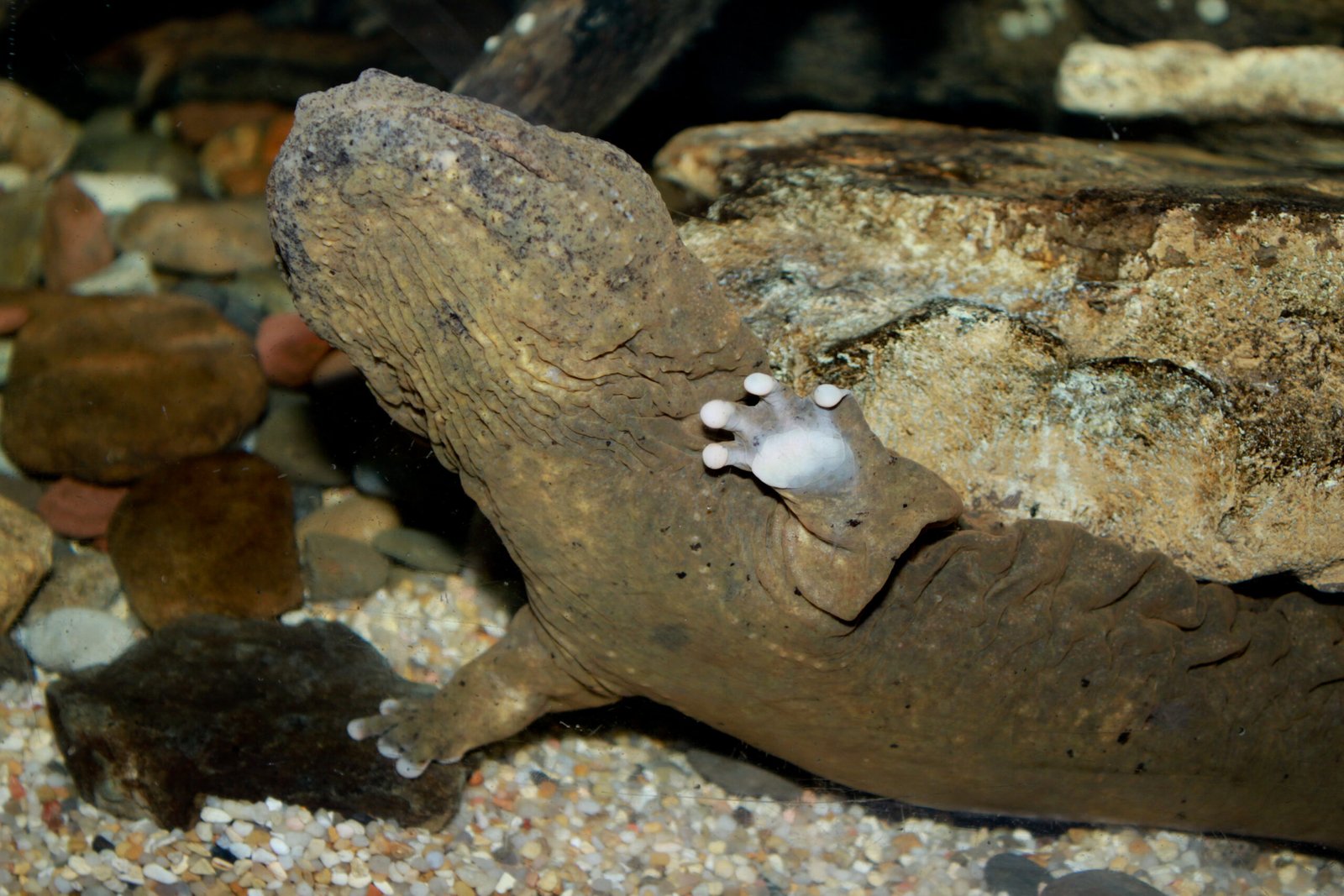
Hellbenders grow slowly, taking up to seven years to reach adulthood. Once mature, they can live for more than 30 years in the wild, making them among the longest-lived amphibians in North America. Their slow pace of life means that populations recover very slowly from threats. If a stream is damaged by pollution or over-collection, it can take decades for hellbender numbers to rebound. This slow growth and longevity are part of why they’re so vulnerable to environmental change.
Threats from a Changing World
Sadly, the world is changing faster than hellbenders can adapt. Pollution from agriculture and industry, silt from eroded land, and the destruction of forests have all taken their toll on Appalachian streams. Dams and roads fragment their habitats, isolating populations and making it harder for them to find mates. Even well-meaning collectors and poachers threaten their survival by removing them from their native streams. As climate change alters rainfall and water temperatures, the delicate balance hellbenders need to survive becomes even more precarious.
Conservation Efforts: A Race Against Time

Biologists and conservationists haven’t given up on the hellbender. Across the Appalachians, teams are working to restore habitats, build artificial nest boxes, and even breed hellbenders in captivity for release into the wild. Education campaigns teach local communities about the importance of clean water—not just for salamanders, but for people too. In some places, landowners are partnering with scientists to monitor streams and report sightings, turning the fight to save hellbenders into a community effort. Every rescued nest, every cleaned-up stream, gives hope for these ancient river giants.
Why Hellbenders Matter: More Than a Curiosity

Hellbenders are more than just a biological oddity. They’re sentinels of stream health, warning us when our rivers are in trouble. Because they’re so sensitive to pollution, their disappearance is often the first sign that something is wrong with the water. Where hellbenders thrive, people can be sure the water is clean and the ecosystem healthy. They’re also a living link to the deep past, reminding us of the wild, mysterious world that still exists just below the surface. Losing them would mean losing a piece of our natural heritage forever.
The Future of the Hellbender: What Comes Next?
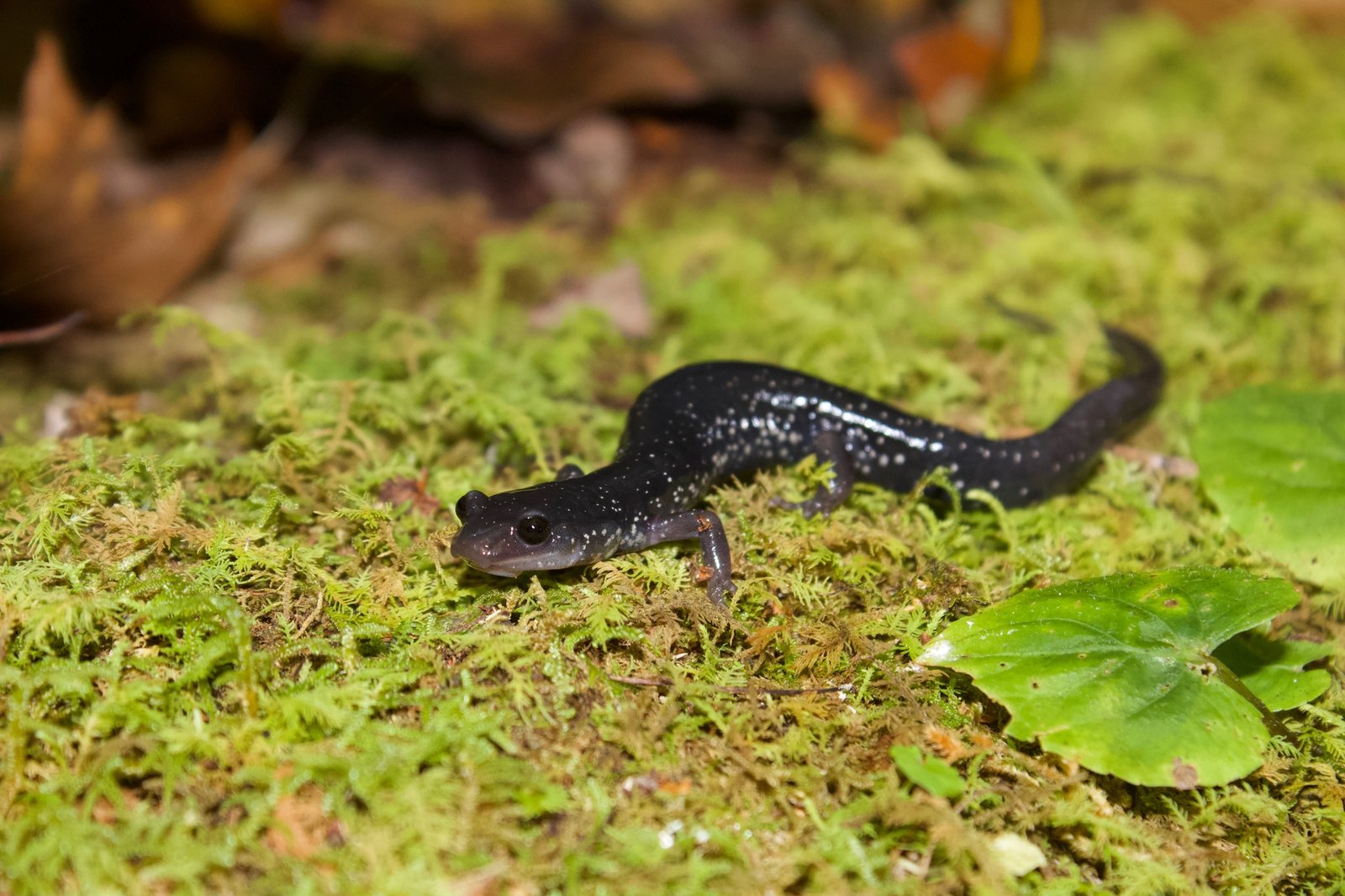
The fate of the Appalachian hellbender hangs in the balance. Their survival depends on the choices we make today about how we use and protect our rivers. There’s hope in the dedication of scientists, the passion of local communities, and the resilience of the hellbender itself. Each step we take to restore streams, limit pollution, and respect the wild places around us brings these giants closer to safety. The next time you walk along a mountain stream, imagine the world beneath the surface—strange, silent, and full of secrets. Is it possible that one of these river monsters is watching you back?

